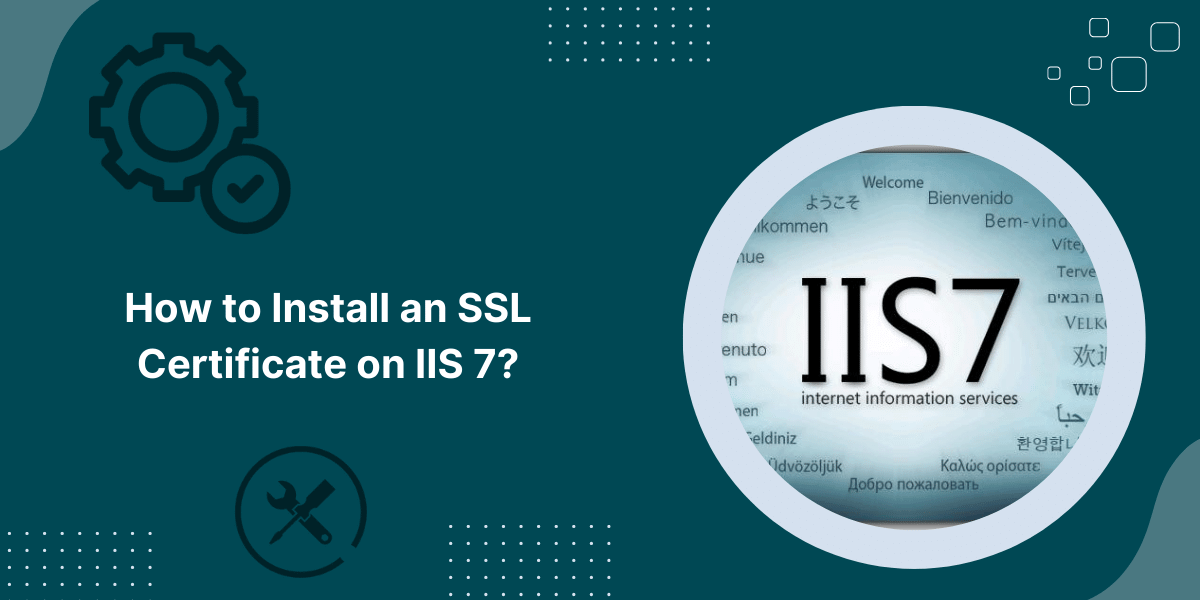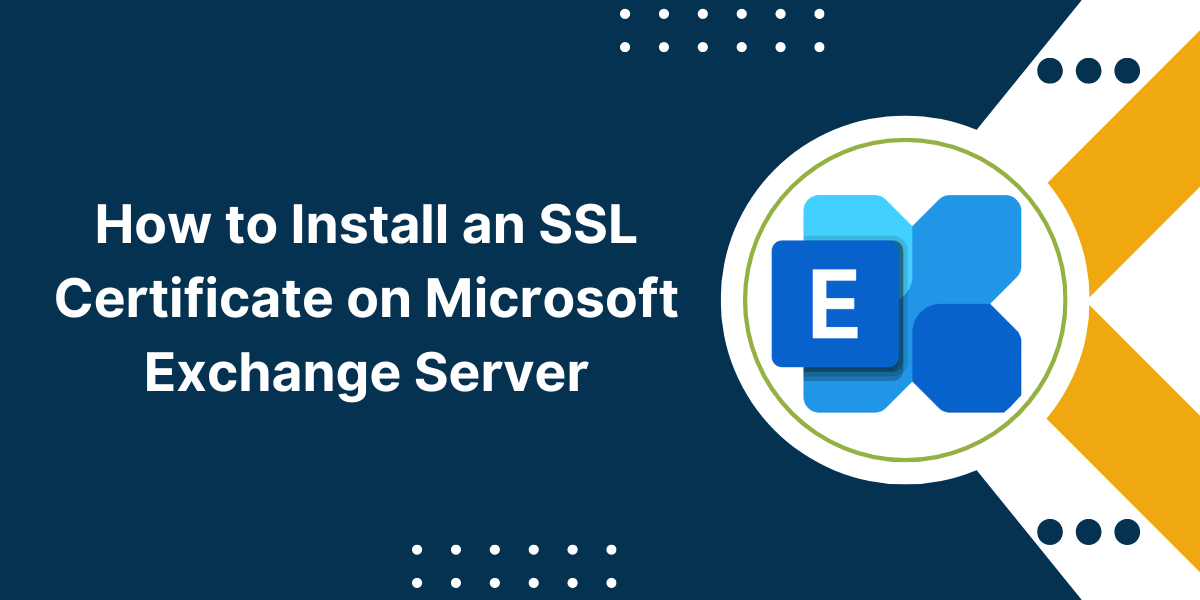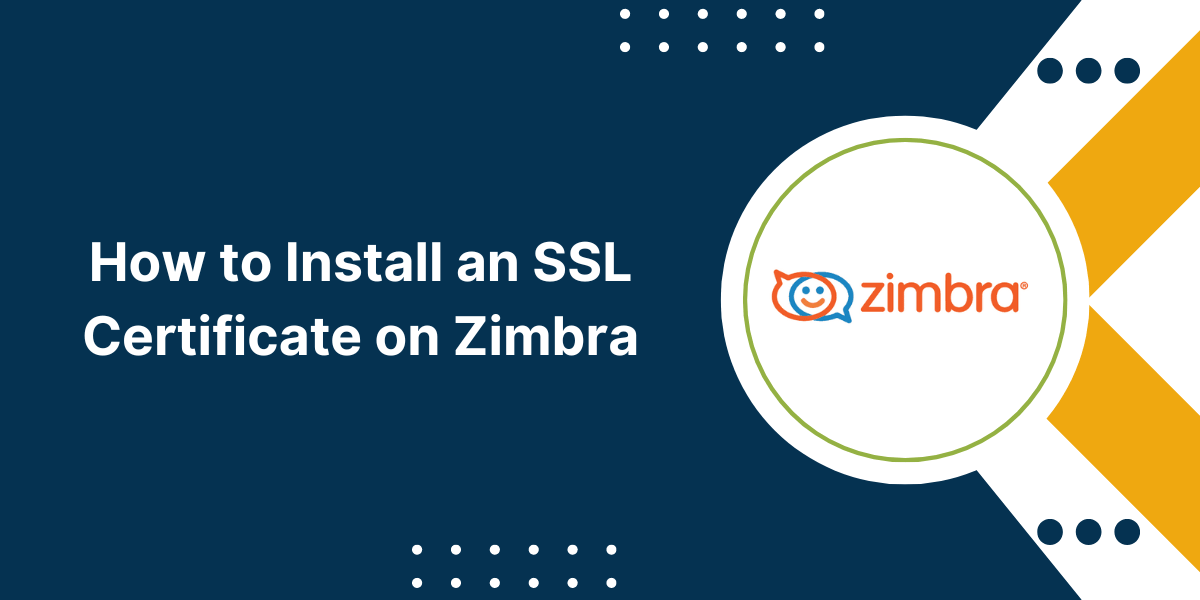CSR Creation & SSL Certificate Installation on IIS 7 or later
An SSL certificate enables HTTPS and encrypts communication between a website and visitors’ browsers. Installing an SSL certificate on IIS 7 secures your website and gives visitors confidence that it is safe to submit sensitive information. This comprehensive guide will walk you through the entire process of obtaining and installing an SSL certificate on IIS 7.
To install an SSL certificate on IIS 7, you need to generate a certificate signing request, purchase an SSL certificate from a trusted certificate authority, and import the certificate to your IIS 7 server. Proper SSL certificate installation on IIS 7 binds the certificate to your website which activates HTTPS protection and TLS/SSL encryption. Following the step-by-step instructions outlined here will help you successfully install an SSL certificate on your IIS 7 server to maximize security.
Also Read: How to Install an SSL Certificate on IIS 8
Prerequisites before Installing SSL Certificate on IIS 7
Before installing an SSL certificate, make sure you have the following:
- IIS 7 or later installed on your Windows Server. IIS 7 comes preinstalled on Windows Server 2008 R2 and later versions.
- A registered domain name for your website. The SSL certificate must match the domain name.
- Administrator access to your server. You’ll need elevated privileges to make changes in IIS.
- An SSL certificate file issued by a trusted Certificate Authority (CA). You can purchase one from providers like DigiCert, GoDaddy, GlobalSign, etc.
Prepare IIS 7 for SSL
Before installing the certificate, we need to make some prep changes to IIS 7. Here are the key steps:
- Open the IIS Manager on your Windows Server.
- Select your website from the Connections pane.
- Double click on SSL Settings in the Features View.
- Check the box to Require SSL and click Apply in the Actions pane.
- Select Server Certificates in the IIS section.
- Click Import in the Actions pane to open the import wizard.
- Select your SSL certificate file (.crt) and private key file (.key).
- Provide the password if your key is encrypted.
Your IIS 7 server is now ready for SSL certificate installation.
A Step-by-Step Guide to Install an SSL Certificate on IIS 7
With the prep work completed, we can now install the SSL certificate for your website:
- Return to your site’s SSL Settings.
- Select the SSL certificate you imported from the drop-down menu.
- Click Apply in the Actions pane to assign the certificate.
- If you have any intermediate certificates from the CA, click … next to your assigned cert.
- Click Complete Certificate Request to open the wizard.
- Upload or paste any intermediate certs provided by the CA to complete the chain.
Your SSL certificate is now fully installed on IIS 7!
Test HTTPS and SSL
To verify it’s working correctly:
- Browse to your website in a new browser window and make sure the URL begins with HTTPS.
- Look for a padlock icon in the browser bar and green highlight in the address bar.
- Click the padlock and validate your site using the correct SSL certificate.
You can also use an SSL test tool like the one at SSL Labs to analyze your implementation. Verify your site gets an A grade for strong security.
With those steps complete, your IIS 7 website now has an SSL certificate installed and is serving encrypted HTTPS traffic to visitors!
Troubleshooting Common SSL Problems
Here are some troubleshooting tips for common problems when installing and testing SSL certificates on IIS 7:
Site gives security warnings or SSL errors
- Make sure you installed intermediate certificates from the CA to complete the chain.
- Verify the certificate matches the site domain exactly.
- Check for typos in the domain name entered when purchasing the cert.
Padlock icon missing in browser
- Confirm SSL is required in IIS and not just optional.
- Check protocols enabled for SSL site binding. HTTPS typically required.
SSL Labs test fails or gets low grade
- Disable weak SSL 2.0 and 3.0 protocols and old TLS versions in IIS crypto settings.
- Make sure a strong cipher suite like AES 256-bit is enabled.
- Replace it with a new SHA-256 certificate if your cert uses legacy SHA-1.
Can’t connect to HTTPS site
- Verify port 443 is open in Windows Firewall for HTTPS traffic.
- Check that IIS is configured to allow HTTPS on port 443, not just HTTP.
- Test binding HTTPS to a new unique IP address if needed.
Following these troubleshooting tips should help resolve most common problems when setting up SSL on IIS 7.
Conclusion
Implementing HTTPS encryption through an SSL certificate is crucial for securing any website that handles sensitive user data. This guide covered obtaining a trusted SSL certificate, properly installing it on IIS 7, and testing that encryption is enabled. With SSL set up, website owners can protect their visitors’ data and privacy. However, the job isn’t done once the certificate is installed. Maintenance is required to renew certificates before they expire and replace obsolete encryption algorithms over time. Website security is an ongoing process, not a one-time task. But following the steps outlined here will get an IIS 7 website encrypted with a strong SSL certificate correctly the first time.
FAQs
What are the steps to install an SSL certificate on IIS 7?
To install an SSL certificate on IIS 7, open the IIS Manager, click the server’s name, double click SSL Certificates, click Import in the Actions pane on the right, specify the file path to the certificate, enter a friendly name, and click OK. The certificate will now be installed and listed.
What file formats does IIS 7 support for SSL certificates?
IIS 7 supports PKCS #7 (with .pfx extension), PEM encoded (with .cer extension), and DER encoded (with .cer extension) certificate file formats for SSL certificates.
How do I bind an SSL certificate to a website in IIS 7?
To bind an SSL certificate to a website in IIS 7, select the website in IIS Manager, double click SSL Certificates in the middle pane, click Add in the Actions pane, select the installed certificate, specify the SSL port if needed, and click OK.
Where do I specify the private key for an SSL certificate in the IIS 7 interface?
The private key for an SSL certificate is specified on the Certificates page for a site in IIS Manager. Click the server’s name, expand Sites, select the site, double click SSL Certificates, and use the drop-down menu in the Actions pane to select the certificate with the private key.
How do I assign an SSL certificate to multiple sites in IIS 7?
To assign an SSL certificate to multiple sites in IIS 7, install the certificate at the server level rather than on individual sites. The certificate will then appear in the available certificates list when binding SSL for each site.
How do I renew an expired SSL certificate on IIS 7 without downtime?
You can renew an expired SSL certificate on IIS 7 without downtime by obtaining the renewed certificate, installing it on IIS using the same steps as the initial install, binding it to the site, and removing the expired certificate binding.
What permissions do I need to install an SSL certificate on IIS 7?
To install an SSL certificate on IIS 7 you need membership in the local Administrators group on the server. Web site permissions are not required.



